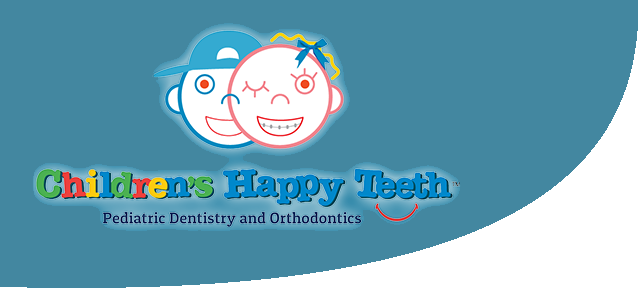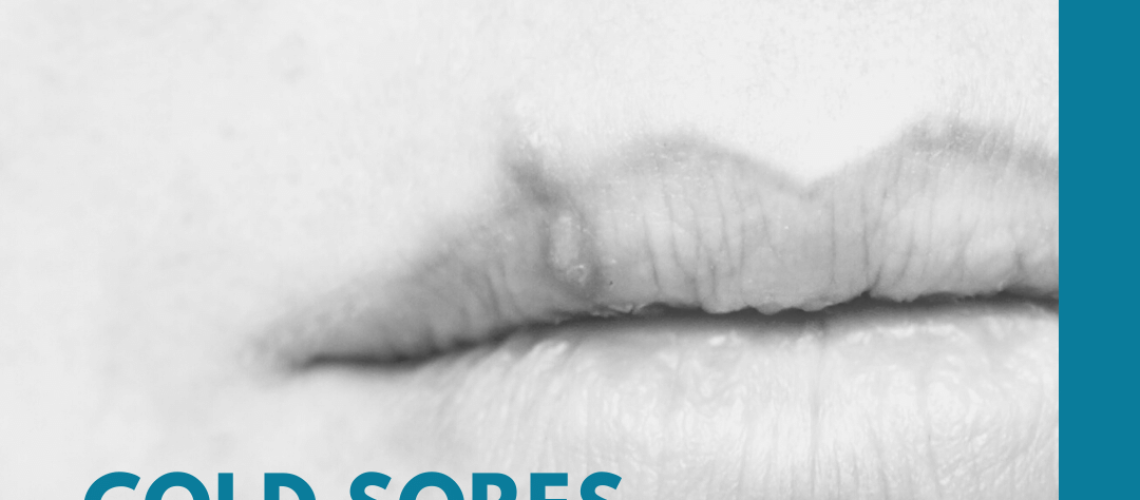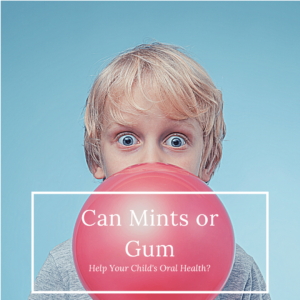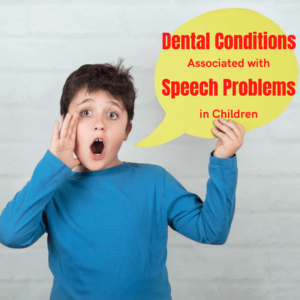When you notice small blisters forming around your child’s mouth, it is natural to be concerned. Some parents recognize these small blisters instantly, while others may be unsure about what they are. Generally speaking, small blisters that appear on the lips, mouth, nose, chin, or cheeks are known as cold sores. They are extremely common and most children will get their first cold sore before or around the age of 5. Although most cold sores are not cause for concern, here is what you need to know:

They are caused by a virus
Cold sores, also known as fever blisters, oral herpes, or herpes labialis, are infectious sores caused by the herpes simplex virus type 1. Since they are caused by a virus, cold sores can sometimes cause other symptoms to appear, especially if this is your child’s first cold sore. Other possible symptoms of a cold sore include: fever, swollen lymph nodes, sore throat, irritability and restlessness, and red, swollen gums that may bleed.
They are contagious
Cold sores are extremely contagious and the HSV-1 virus that causes them can easily spread from one person to another through saliva. Oftentimes, children can be exposed to the virus by kissing or sharing cups, utensils, towels, or toys. In some cases, HSV-1 can also spread through skin contact. Studies show that as many as half of Americans are infected with HSV-1 by the time they reach adulthood, with most people being infected between the ages of 1 and 5.
There is no cure
Once your child has been infected with the HSV-1 virus, it will remain inside their body for the rest of their life. However, just because the virus remains in the body does not mean that they will constantly have cold sores. There are cases where some children never get another cold sore, as well as cases where other children may have several outbreaks.
Cold sores can spread to the eyes
In rare cases, the HSV-1 virus responsible for causing cold sores can spread from the mouth into the eyes. When this happens, it can cause an infection of the cornea known as HSV keratitis. Most cases of HSV keratitis heal without causing any long term damage, but some severe cases can cause scarring of the cornea or blindness. In fact, HSV keratitis is a main cause of blindness worldwide.
There are cold sore triggers
As mentioned above, the HSV-1 virus will remain in your child’s system for the rest of their life and has the potential to cause future breakouts. There are certain triggers that can make developing a cold sore more likely, such as: fatigue, stress, skin irritation or injury, dehydration, poor diet, fluctuating hormones (puberty), illness, or exposure to intense sunlight, heat, cold, or dryness.

Cold sores are dangerous for babies under 6 months
Since your baby’s immune system is not fully developed until 6 months of age, they are more likely to become infected with HSV-1. An infection can cause one or more skin blisters and a low grade fever. To prevent your baby from being infected, it is recommended that parents and relatives avoid kissing babies if they have a cold sore.
Ways to Soothe Cold Sores
- Apply ice or warm compresses to cold sores
- Avoid acidic foods since they can irritate cold sores and make discomfort worse
- Try feeding cool foods and icy treats
- Ask your child’s pediatrician or pediatric dentist about cold sore creams or treatments






